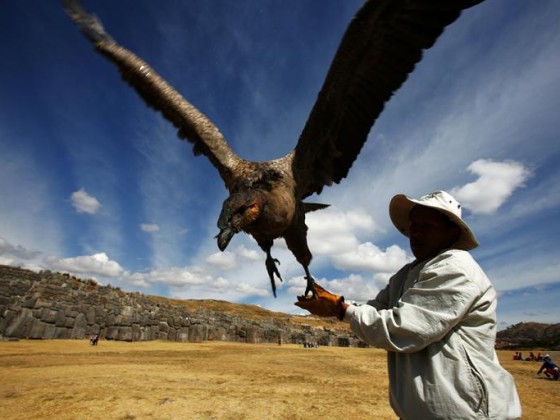LIMA, Peru — Another day, another endangered species, or so it seems.
The Andean condor could be next. The iconic giant scavenger is a national symbol of Argentina, Bolivia, Chile, Colombia, Ecuador and Peru, but it is disappearing in parts of the region.
According to the Red List of Threatened Species, the conservationists’ bible, there are an estimated 10,000 of the birds left in the wild.
